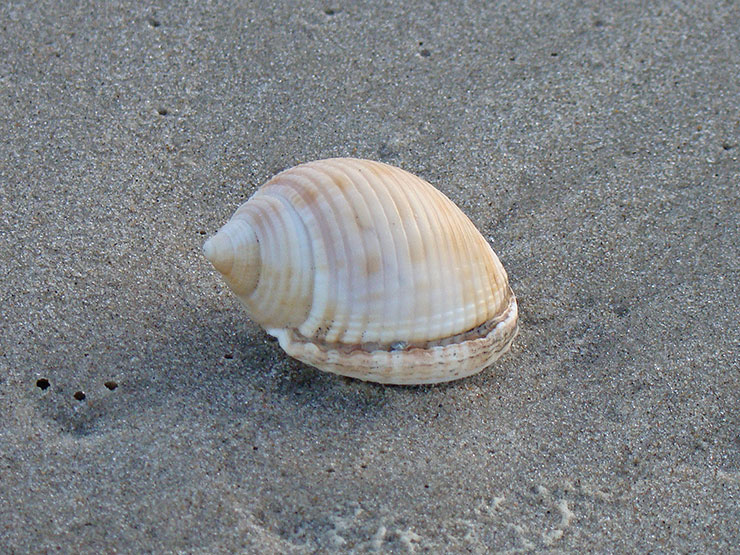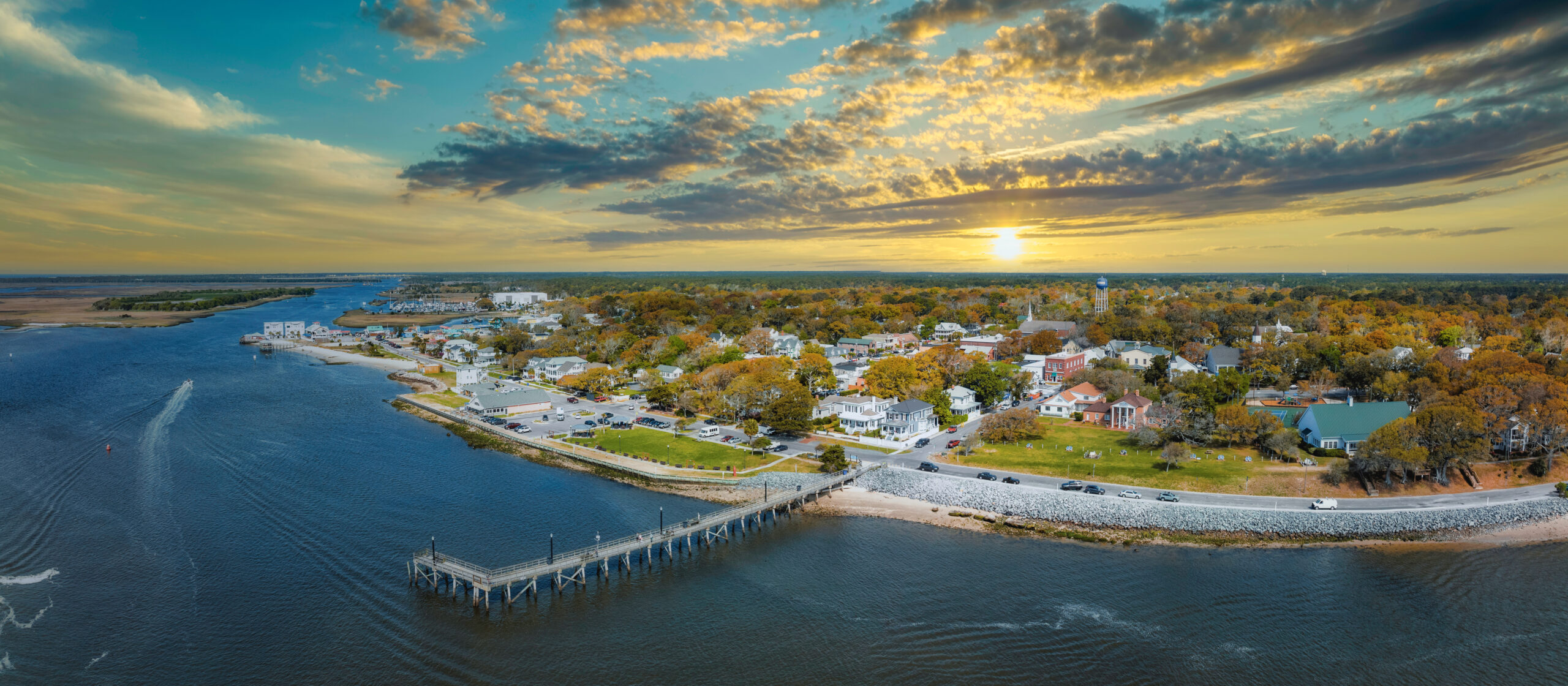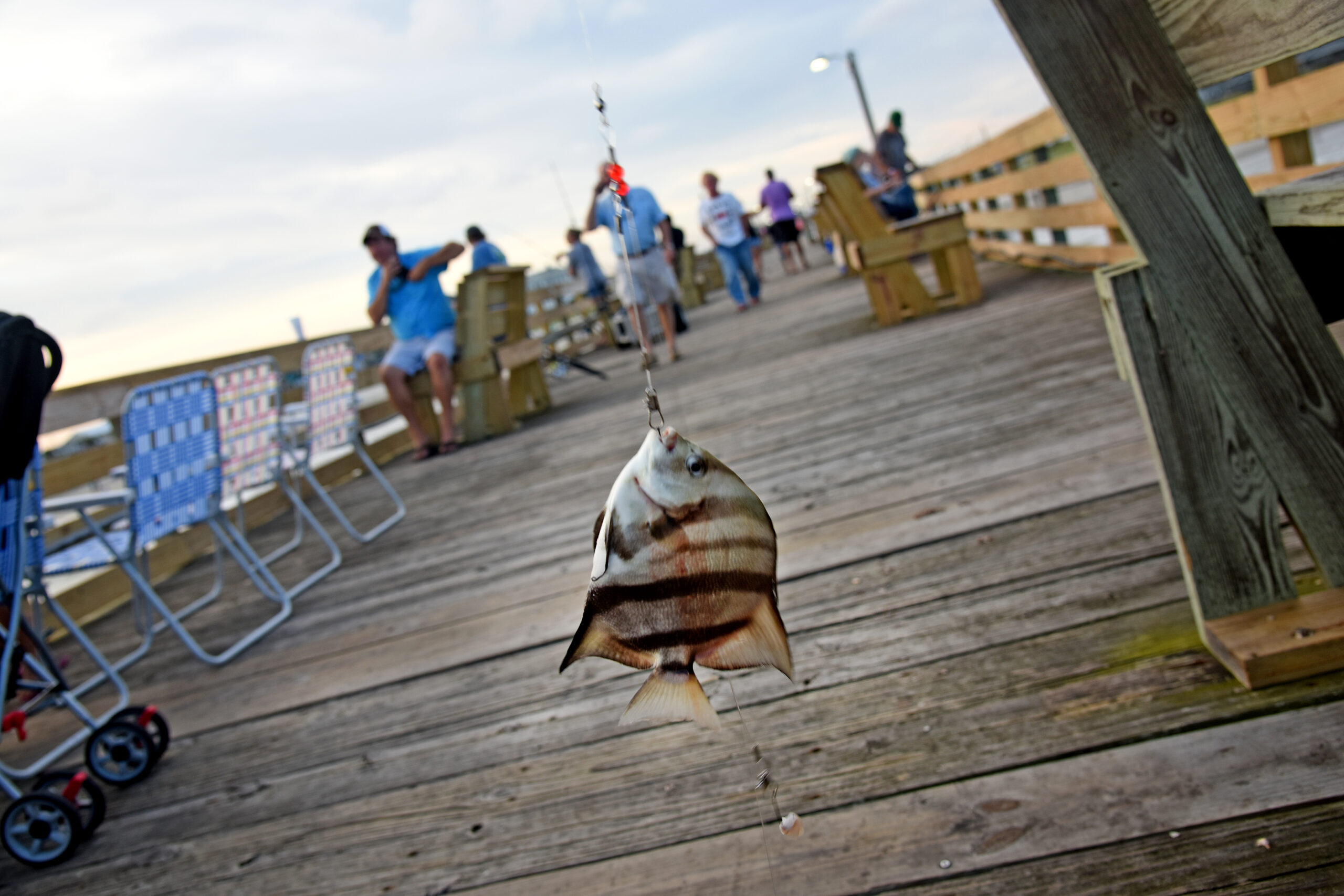To borrow a phrase from Yogi Berra, when it comes to harvesting rainwater, it’s “déjà vu all over again.”
History is replete with accounts of ancient civilizations collecting and storing water for household and agricultural uses. The Romans engineered elaborate aqueduct systems to harness and convey rainwater to cisterns beneath the empire’s population centers. And the North American Anasazi channeled rainwater from mesa tops into stone-lined reservoirs for the cliff-dwellers’ needs.
Closer to home and our time, crews at the 1800-era Chicamacomico Life-Saving Station built wooden cisterns to collect and store precious fresh water for the remote Outer Banks post.
That history lesson was not lost on nature photographer Mike Halminski. When he designed and built his home decades ago at nearby Waves, Halminski installed two 1,300-gallon cisterns for his household and darkroom needs. Though he tapped into Dare County’s water service when it became available in 1996, he maintains the cisterns to collect rainwater for most outdoor uses.
Like Halminski, many backyard gardeners, developers and coastal community leaders are embracing harvesting rainwater from rooftops as an old idea whose time has come — again. Rain barrels and cisterns are becoming common sights in neighborhoods and at commercial, government and educational complexes.
“More and more, individuals and communities are thinking about sustainable water use,” says Gloria Putnam, North Carolina Sea Grant water quality specialist. In October 2011, she co-organized a workshop that drew about 70 people to Onslow County to learn about rainwater harvesting and reuse strategies for communities.
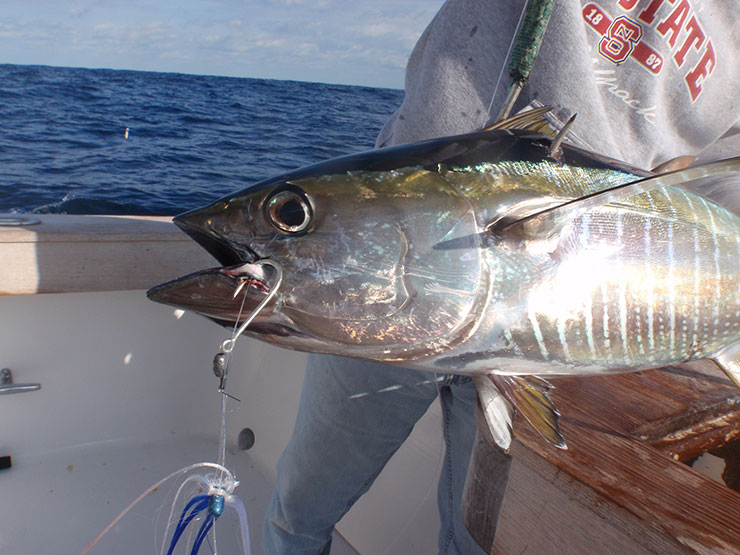
“Harvesting rainwater is a water resourcesaving measure — a way to cut demand for treating, transporting and using high quality drinking water for irrigation, vehicle washing and even street cleaning,” she adds.
During peak summer months, some estimates show more than 40 percent of water consumption goes to outdoor uses, especially for thirsty landscapes.
But consider this: During a one-inch rain event, experts say it’s possible to harvest three-fifths of a gallon of reusable water from every square foot of roof. So it makes environmental and economic sense to collect, store and recycle rainwater from rooftops for an array of non-potable uses.
A 50- or 60-gallon rain barrel is easy to install and could capture rainwater year-round to satisfy part of a homeowner’s small-scale landscaping needs. Large capacity cisterns — suitable for greater outdoor uses — are available, but may require professional “how-to” guidance.
However, the extra effort to capture more “free” water pays double dividends: Rainwater harvesting helps protect water supplies and water quality.
Cisterns can be added to the mix of stormwater management measures to collect, store and filter stormwater on site. Contaminants carried in fast-moving stormwater are thereby prevented from reaching nearby streams, rivers and coastal waterways.
“There is room for innovation by folks looking to adopt site-specific, low impact development practices,” Putnam says.
Low impact development, or LID, is an approach to stormwater management site design that employs a combination of techniques to filter, store, evaporate or reuse stormwater at the location it is generated. Its goal is to imitate, or improve, a site’s predevelopment natural flow.
The good news is that there are resources — workshops, demonstration sites, university and cooperative extension experts, and some grant funds — to help.
MEETING OF MINDS
Mark McCloskey, East Carolina Community Development, Inc.’s vice president for planning and development, says that tapping into “all of the above” helped turn the nonprofit’s “green dream” into reality in Jacksonville in late 2011.
“Glenstal is a total package,” says McCloskey. The 56-unit, energy-star apartment complex is reserved for low-income individuals who are 55 years of age and older. Clusters of quadplexes offer private front-porch entrances with views of rain gardens, grassy swales, tree-lined walkways, constructed wetlands and lushly landscaped outdoor gathering spaces.
The aesthetics have a purpose, McCloskey explains. They are part of Glenstal’s stormwater management plan that addresses the typical challenges of installing LID elements in the White Oak Watershed, including its poor soil drainage and seasonal high water table. The result is a “hybrid” stormwater plan that combines LID and conventional practices, such as detention ponds.
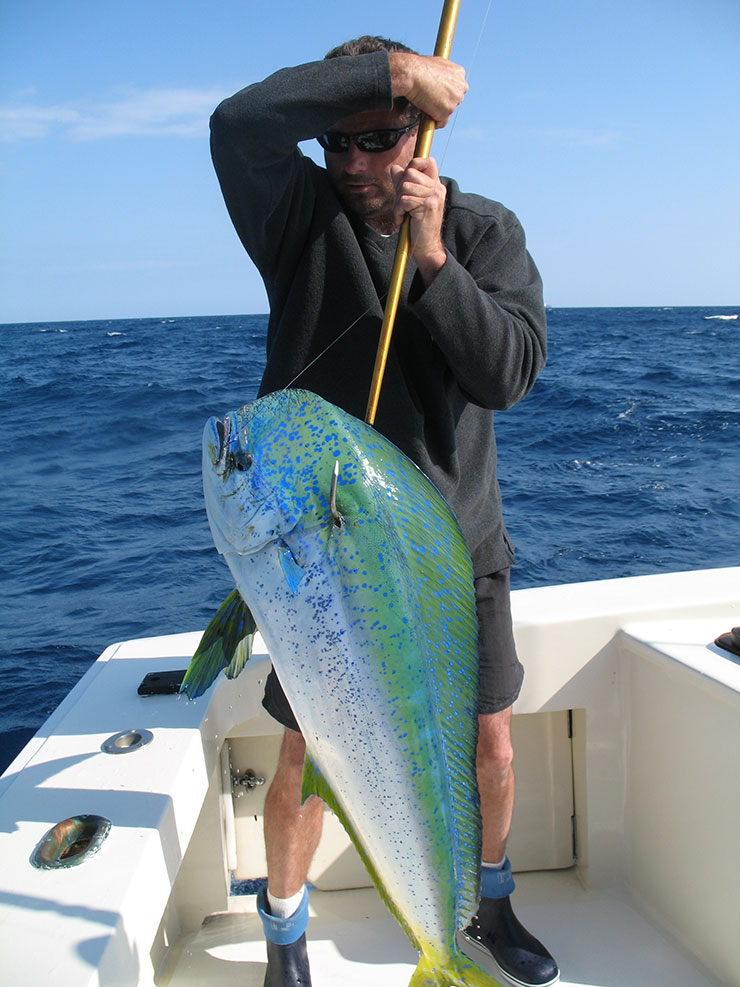
Glenstal’s centerpiece — and point of special pride — is a community garden that features nine raised planting beds with sidewalk access and seating areas. Nearby, two 1,100-gallon cisterns collect rainwater from the community building roof to irrigate the gardens. In heavy rain events, the cisterns overflow to grassy swales that use gravity to carry the water to constructed wetlands that hold and filter water.
“Mark rallied the troops and we were in lockstep toward making a ‘green’-designed Glenstal happen,” says Noreen Walker, ECC DI development officer. A grant from The Conservation Fund’s Resourceful Communities Program’s Creating New Economies Fund to implement the gardens and cistern project was serendipitous.
Walker adds that the nonprofit will seek additional funding to help implement similar resource-saving features at ECC DI’s affordable housing properties in Onslow, Carteret and Craven counties.
“Rainwater harvesting is an element I learned about at LID seminars and workshops where I met landscape architect Heather Burkert, an award-winning expert in LID design,” McCloskey notes.
The two share an enthusiasm and a vision for designing a plan for ECC DI’s first ground-up, green complex.
For her part, Burkert approaches site design with an eye toward water resource management. She says that understanding and respecting the interconnectedness of natural systems — hydrology, geology, soils, vegetation — is key to good land planning, as well as good stewardship.
Burkert practices what she preaches at Greenlands Farm, a sustainable agriculture enterprise she owns and operates with her husband Henry in Brunswick County. The farm is enrolled as a Voluntary Agriculture District, a farmland conservation program.
To get the farm up and running nine years ago, the couple employed nearly every LID technique to effectively manage stormwater on the acreage. Now, they are harvesting organic fruits and vegetables, gathering eggs from free-range chickens, harvesting honey from a dozen beehives, and enjoying milk from 10 dairy goats.
The goats, she says, are spoiled. They will drink only rainwater collected from the milking barn roof into three 65-gallon rain barrels. The system is set up to divert the first couple of inches of rainfall into bioretention cells beneath the barnyard. This practice prevents contaminated surface water from entering adjacent water systems.
“To some, harvesting rainwater may seem like a small part of the big environmental picture. But, my advice is to do what you are able to do. Small things add up to big impacts,” Burkert adds.
RAISING AWARENESS
Pat Donovan-Potts, stormwater manager for the City of Jacksonville since 2002, knows from experience that individual efforts do make a difference in addressing big environmental issues.
In fact, the city’s educational outreach targets all segments of its population with the message that “Every Backyard Counts.” It’s part of an ongoing program to keep stormwater drains clear of debris, grease, trash and other harmful pollutants.
As early as the mid-2000s, Donovan-Potts spearheaded a drive to map and mark some 8,000 stormwater drains in the City of Jacksonville with “Don’t Dump. Drains to the New River” decals.
Recently, she focused on rainwater harvesting. A grant from the N.C. Division of Soil and Water Conservation’s Community Conservation Assistance Program helped fund the installation of two 3,000-gallon cisterns to collect rainwater from the massive roofs at the city’s public works facility.
The filtered rainwater is used to fill street sweepers that otherwise would use drinking water to clean Jacksonville’s streets. It amounts to saving hundreds of thousands of gallons of potable water each year, Donovan-Potts explains.
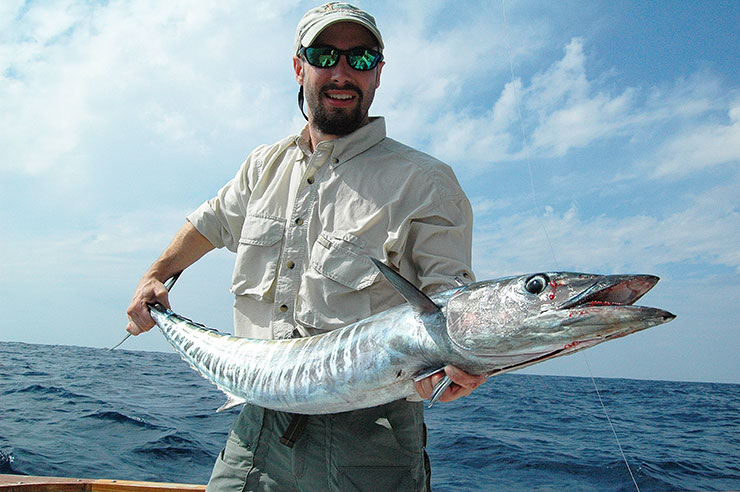
The collection system also is part of the stormwater management site plan to reduce runoff to surrounding wetlands.
Plans for a new city public safety complex include installing underground cisterns to gather rooftop rainwater that will be used for washing city fire trucks and police vehicles.
Additionally, at the Sturgeon City Environmental Education Center on Wilson Bay, a demonstration rainwater harvesting system sends filtered rainwater to an indoor aquarium, where a half-dozen longnose gar swim about.
The lively fish are reminders that Jacksonville’s modern day success as champions of water quality began in 1991 with dual environmental red flags. The New River, which feeds Wilson Bay, was deemed one of the worst rivers in the state by the N.C. Division of Water Quality. The 12-acre bay was pronounced ecologically dead and Shellfish Sanitation officials closed it to recreational and commercial uses because of high levels of fecal coliform.
Some 40 years worth of treated wastewater discharge from the Wilson Bay Wastewater Treatment Plant and unfettered stormwater discharges into the river and bay delivered a one-two punch to life in the important waterways.
The closing of the treatment plant in 1998 gave rise to the Wilson Bay Initiative, a major effort to clean up the bay and the river, Donovan-Potts says.
A grant from the Clean Water Management Trust Fund in 1999 kick-started an ambitious bioremediation program that included planting oysters to filter the ailing water column, installing aeration devices, implementing stormwater mitigation measures to address illicit discharges, and launching a public awareness campaign.
“It started as research to test the filtration rate of bivalves outside a laboratory setting,” says Donovan-Potts. Working at the time with researcher Jay Levine from the North Carolina State University College of Veterinary Medicine, Donovan-Potts collected baseline data and monitored results. “The success of the initiative was nothing short of amazing,” she recalls. “We reopened the river and the bay to recreational and commercial uses in 2001. It’s truly exciting to see the diverse aquatic life that has returned to Wilson Bay and the New River.”
The success of the Wilson Bay Initiative was a turning point for the City of Jacksonville, which continues to implement programs to safeguard water quality and to encourage citizen participation through an array of environmental educational programs and demonstration projects, including promoting rainwater harvesting.
SEEING IS BELIEVING
Jim Hoffman, superintendent of the River Bend Country Club in Craven County, is a believer in rainwater harvesting. He says a rainwater collection and reuse system installed in May 2011 is exceeding expectations and goals.
“The benefit to us is huge. The system collects rainwater from the lowest point of the property that was prone to flooding and stores it in cisterns for irrigating lawns and landscaped beds.
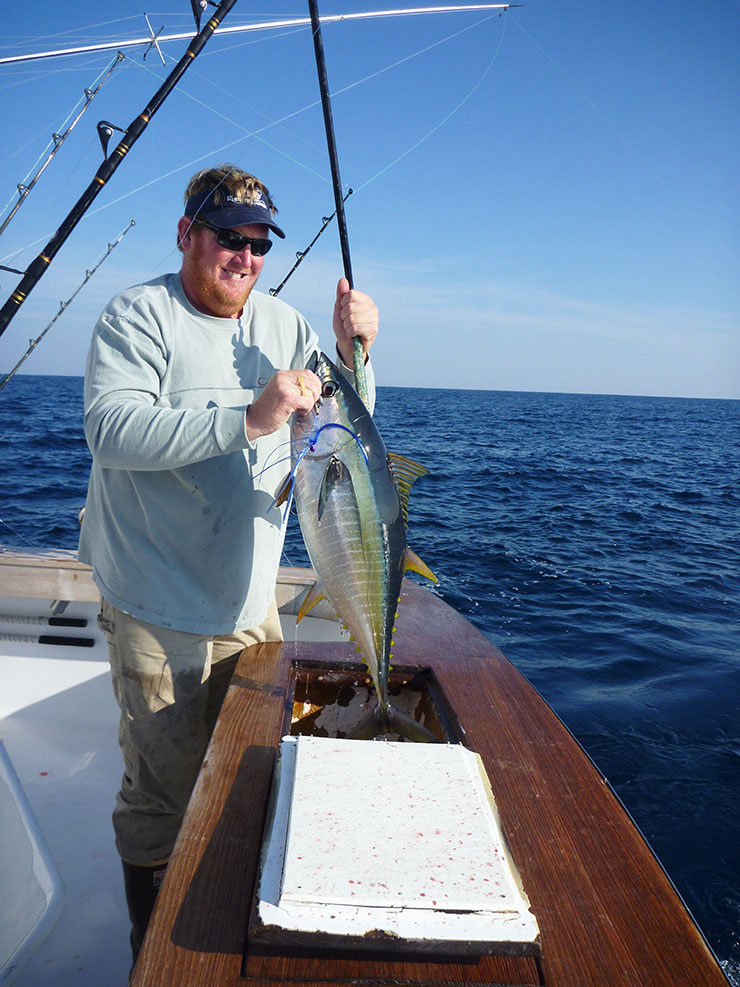
“The beauty is that the system allows us to manage all the stormwater on the property, with no more runoff into the Trent River. If the cisterns overflow, the water flows by gravity into catchment ponds to filter through into the water table or be used to irrigate our golf course,” he explains.
The high praise must be music to the ears of Kathy DeBusk, a doctoral candidate in NC State’s Department of Biological and Agricultural Engineering, who designed and helped install the complex, automated system.
DeBusk describes the River Bend Country Club project as “a very elaborate research site” with many features that are specifically geared to measure how well the sum of its parts is working, and how improvements might be made to each element of the design.
She is determining the nitrogen levels of soil samples she takes every two weeks to be sure that irrigation rates maintain nutrient levels that don’t interfere with turf quality.
DeBusk also is tracking progress of a sophisticated rainwater harvesting system she designed and installed for the visitors’ center at the entrance to Tryon Palace in New Bern. More visible to the general public, the automated system includes five 650-gallon, slim-profile cisterns that hug the side of the building.
The harvested rainwater is used to irrigate formal gardens at the rear of the building. Overflow runs into an adjacent rain garden that includes a host of moisture-loving, native plants.
A real-time system of electronics measures rainfall, checks the National Weather Service rain forecast, and determines how much water will flow to the gardens.
Sea Grant’s Putnam says she is pleased to see that large-scale rainwater harvesting is becoming a strategy to manage stormwater.
“It’s an important part of a holistic waste-not, want-not approach that adds up to saving potable water and energy, recharging groundwater, and preventing stormwater runoff,” Putnam concludes.
This article was published in the Winter 2012 issue of Coastwatch.
For contact information and reprint requests, visit ncseagrant.ncsu.edu/coastwatch/contact/.
- Categories:

